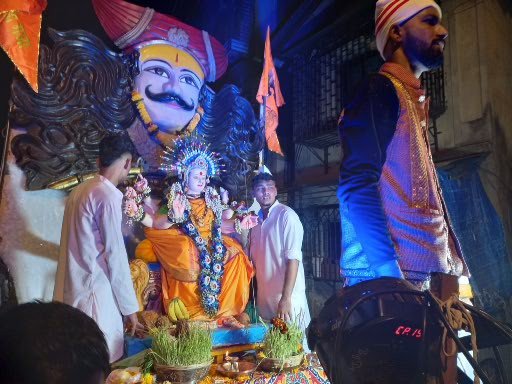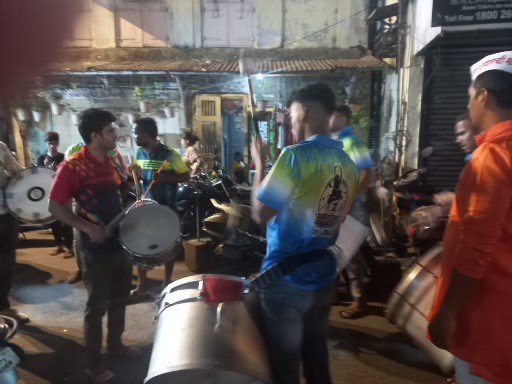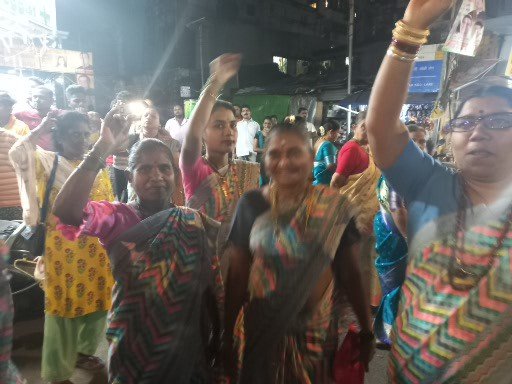Mumbai
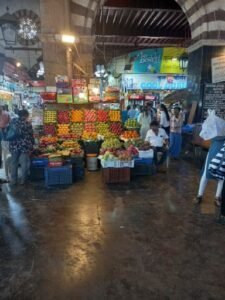
Pictures of people sitting on roofs and hanging from the sides of very overcrowded trains, the excitement of a trip to somewhere exotic, set my mind racing. So, when I had the chance to take the train from Delhi to Mumbai, of course, I jumped at the opportunity.
I booked our tickets through 12Go. Their booking system easy and efficient. I’d hoped to ride on one of the modern, fast trains – no hanging from the roof for me! – but sadly, that wasn’t the case. Instead, our first-class sleeper ticket bought us both bottom bunks, but that was it. The train was slow and took twenty-two hours to reach Mumbai.
The train began its journey from Agra in the north, so our compartment had already been occupied when we boarded, the previous occupants having left the compartment in a terrible state.
But, once we pulled out of Dehli station, a steward arrived with a young boy in tow. They provided clean linen sheets and a blanket for us each while the boy swept and emptied the overflowing rubbish bins.
We travelled south-westward, settled on our bunks we watched towns flash by as the evening sky darkened.
Ron, still feeling the effects of his illness, was soon asleep, lulled by the constant clackety-clack of the carriages over the rails.
I woke early the following day to calls of ‘chai, chai’ echoing along the corridor outside our compartment.
Thirsty and with our bottles of water running low, I slid open the compartment door and stopped the chai walla. Two small cups of sweetened tea for ten rupees was a bargain; the tea was delicious and surprisingly refreshing with hints of ginger, masala and cardamon.
Then came the breakfast service, with men from the galley walking the corridors shouting their wares. One slid open the door to our compartment and asked if we wanted breakfast. When we asked what it was, he replied, ‘Bread omelette. Yes?’
Ron and I looked at each other. We’d been so careful with what we’d eaten so far, not wanting to succumb to the infamous Delhi Belly, but we were hungry and hoped a bread omelette might be a safe option.
The seller handed us both a tinfoil container. Opening it, I found a spring onion omelette wedged between two slices of bread – literally a bread sandwich omelette. It was tasty and filling, especially when washed down with another cup of aromatic chai.
We both slept intermittently for the rest of the journey, woken occasionally by people trying to sell us food. At around four o’clock in the afternoon, a middle-aged couple arrived and took up residence on the top bunks.
I think we were supposed to convert the beds to seats during the day, but because we were both so tired, we’d left them as they were.
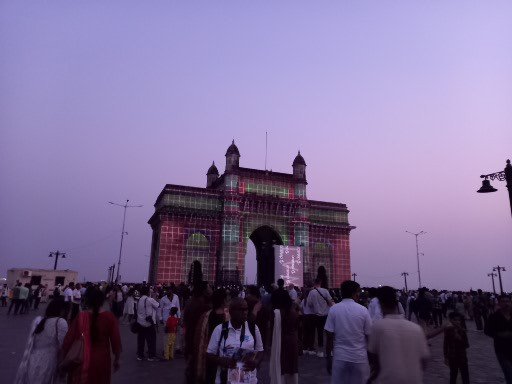
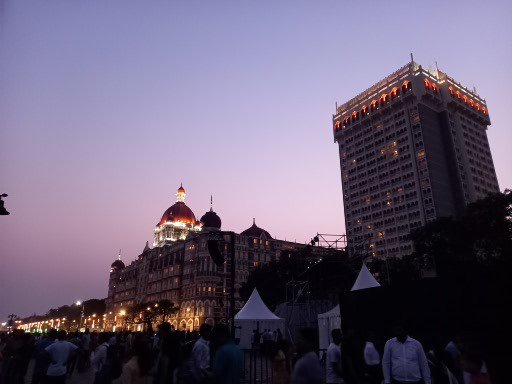

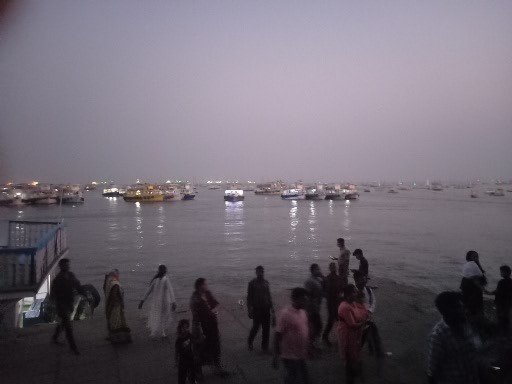
An hour later, our train pulled into Central Bombay Station. The chaos we’d expected and experienced in Delhi didn’t materialise. Instead, we walked through to the ticket hall without any hassles and stopped away from the crowd, trying to get our bearings.
A presentable young man approached us and asked if we needed a taxi.
We were up to some of the tricks by now, so asked the price. Thinking it was way too high, we haggled, and the man eventually agreed to take us to our hotel in Colaba, for half his original price.
Mumbai traffic is worse than Delhi’s, with the constant noise of horns and jostling for road space on jam-packed roads. We were both grateful when we reached our destination safely.
The Hotel Antique was just off the main road. Once we’d checked in, a young man showed us to our room on the fourth floor. We were pleasantly surprised; the room fittings were modern, the linen was clean and white, and the facilities were good. Air conditioning worked well, and we had a refrigerator and kettle.
Hungry after our long day, we searched for something to eat, but finding somewhere close to the hotel proved difficult. Instead, we walked to Mumbai’s famous India Gateway monument ten minutes away and bought croissants and coffee for supper; not very nutritious but delicious and filling.

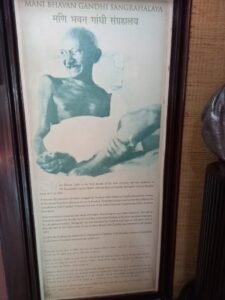
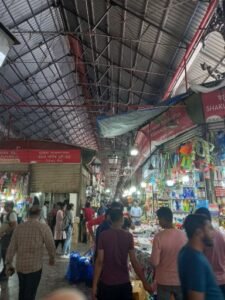
We decided to visit the Gandhi Museum on our first full day in Mumbai. Located on a tree-lined avenue it’s where Gandhi lived for over fifteen years.
We spent two enjoyable hours wandering through the house and reading about the exhibits before catching an Uber to Crawford Market where I hoped to buy some spices.
As we entered the market, an elderly man asked us to read the rules displayed on the wall in front of the building. The rules included a section stating that a guide was needed to visit the market; it appeared he was it.
It soon became obvious that the elderly man hoped to influence us into buying goods from the various stalls and thus make a commission. He became very annoyed when I told him I was only there to purchase spices. With a grunt and dismissive wave, he turned and disappeared into the crowd.
As for my spice purchases, I eventually found one spice stall at the back of the vast building but was disappointed at the choice of spices available and decided not to buy anything. Another Uber took us back to our hotel.
On trips to buy water and bananas from a nearby store, I’d noticed a popular café selling Hindu food. I talked Ron into going inside for a cup of chai. It was busy, but they were happy to serve us, the chai delicious.
We returned later that evening and had a delicious and filling meal. The Masala Cafe became our regular while in Mumbai.
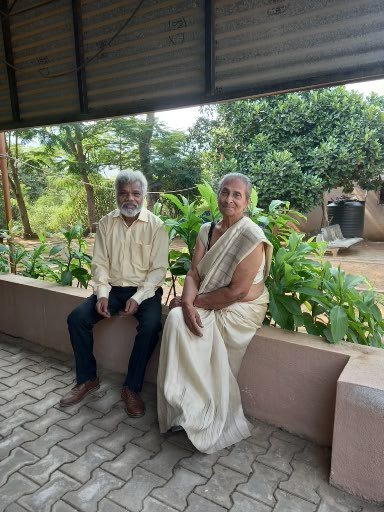
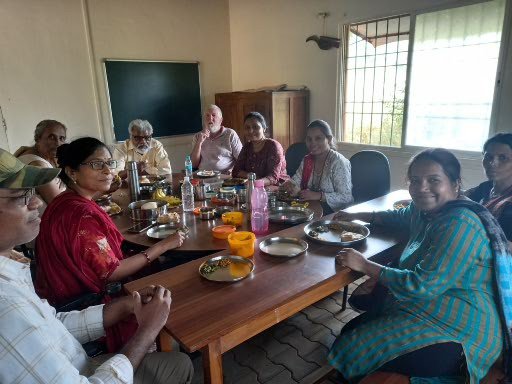
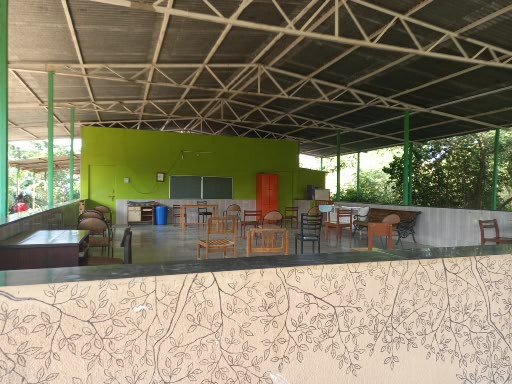
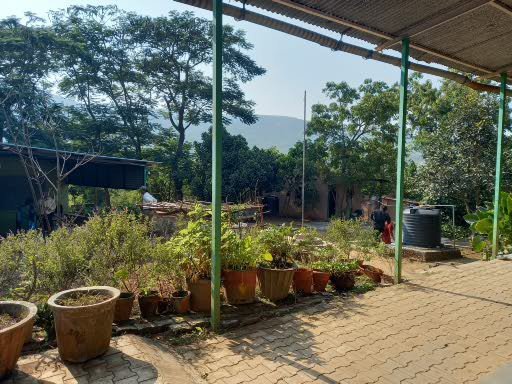
Our second day was spent visiting Mary d’Sousa, in the city of Pune, three hours south of Mumbai.
A friend in Cuenca, Jane Stallman, set up the meeting when she heard I’d be travelling to India alone. (This changed when Ron decided at the last moment that he’d join me on my India adventure.)
Mary arranged for a car to pick us up from our hotel and she and her husband made us breakfast while telling us of their involvement with their learning initiatives. Mary also told us about the school she had established, the Aditi Learning Centre in Khusgaon, a village outside Pune.
The school gives women and girls of all ages the opportunity to complete their formal schooling. There is also a positive movement to encourage students to take ownership of their physical and emotional space and well-being.
The school has several teachers, and one took us to see the thriving forest she and the students had helped to plant, based on the Miyawaki method of reforestation.
The information below was taken from the Aditi website ‘Learning to trust my dreams’:. by Mary de Souza | by ICAI Winds and Waves | Winds and Waves | Medium
‘Planting trees in the campus around Aditi Learning Centre has been a priority. All trees that have been planted are native to the region. In May 2016, 1300 trees were planted in 400 square meters using the Miyawaki approach. Based on the work of Japanese botanist Akira Miyawaki, this approach ensures 10 times growth, 30 times tree density, 100 times biodiversity, and is 100 percent organic. Reforestation, and our effort to keep the area free of pesticides and chemical fertilisers, has increased campus biodiversity and encouraged three other experiments in Pune. Two thousand trees were planted at Chinmaya Mission; 500 trees were planted last year at a private property in Hinjewadi; and L&T, a large construction company in a nearby industrial town, has planted 1300 trees around their plant.’
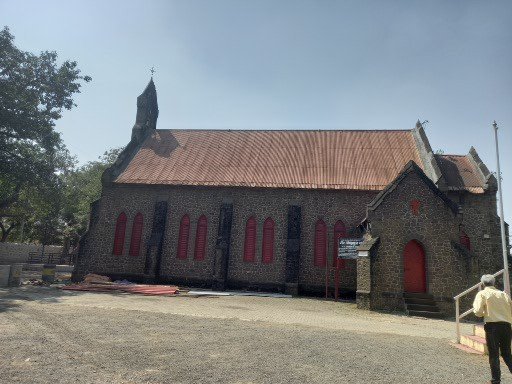
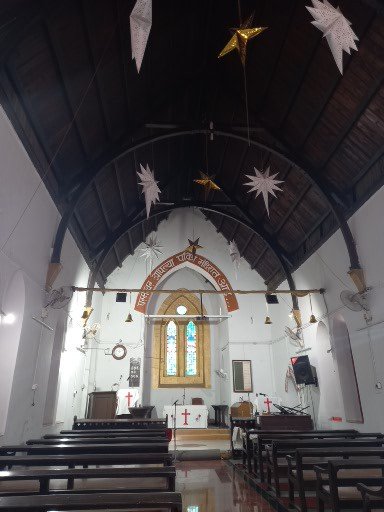
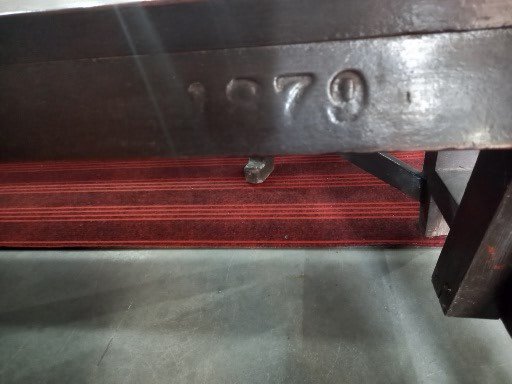
Our trip to Pune also allowed me to visit St Andrew’s Church, built in the 1860s by the British. It was where Margaret Lang (my great-great-grandmother) married her second husband, Samuel Smith, with her sons, including William Dart, in attendance.
The original church still stands, and the curator informed us that very little had changed structurally, apart from some restoration work on the church roof.
Besides being blown away by the fact that I was standing in a church where Margaret Lang had been married, I also hoped to gain an understanding of what life was like for soldiers in the Royal Artillery stationed at the garrison in Pune in the 1800s.
Standing before the altar I had an overwhelming feeling of connection with my past.
Tired from the journey back to Mumbai, we ate supper at the Madras Cafe and, on the short walk back to the hotel, were stopped by a man carrying a small boy.
He asked where we were from and, on hearing Ron’s Scottish accent, told us he worked at St Andrews Golf Club in Scotland and was back in India on leave. He offered to take us to his ‘village’ where festivities were going on.
It all sounded a bit dodgy, but, on the spur of the moment, Ron and I accepted his offer.
We followed our new-found friend as he walked along the lanes behind our hotel. As we approached his village on the seafront, the beat of the drums grew louder, vibrating through the air.
Turning a bend, we saw a crowd of brightly clothed women dancing to the music of the accompanying band. Statues were paraded on the back of flatbed trucks as the procession wound its way slowly through the narrow lanes.
We watched for a while but, tired from a very long day, we made our excuses and returned to our hotel, the man promising to call on us in the morning to take us around the city.
Only once we were back in our room did we begin to wonder about the man with the young boy. Was he genuine? I like to think so, but in hindsight, I think perhaps we might have had a lucky escape!
